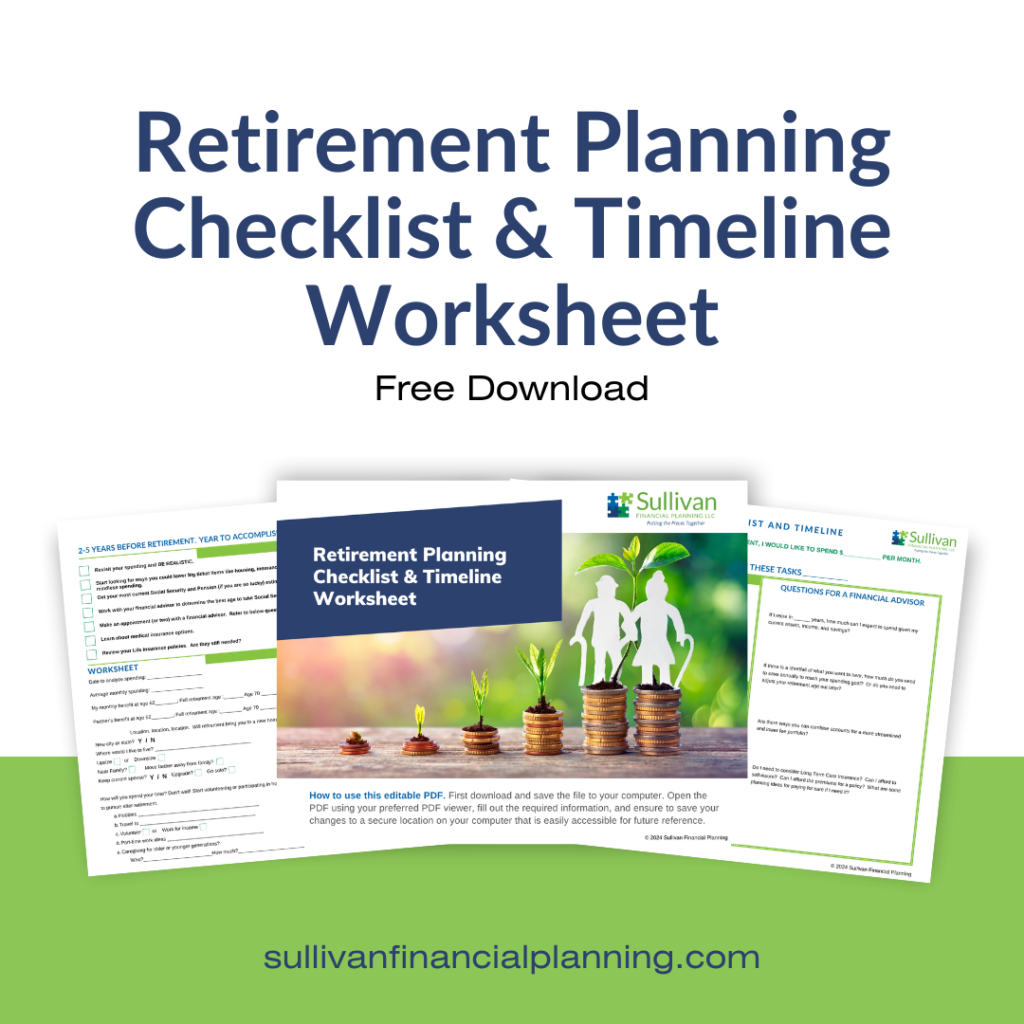Last week, we saw how bond prices change based on the interest rate being paid by newer bonds in comparison with older ones that have already been bought by consumers.
We also saw 2 weeks ago how you might diversify your bond holdings by having some that are super-safe (US Government issued), pretty safe (bonds from large corporations) and risky (bonds from smaller businesses).
Another way to diversify your bond holdings is by length of maturity. When a bond matures in less than 3 years, changes in interest rates don’t affect the price of the bond much (up or down). But, the longer until the bond’s maturity, the more price swings a bond will have based on interest rate changes.
So, if you are concerned that interest rates will go up, you might own more shorter term bonds. The interest they pay is lower, but your principal is steadier. If, however, you have a longer term time horizon, you can buy some longer term bonds, get a higher payment of interest, and just ride the roller coaster of returns longer.
It’s important to remember that even a bad year in bond market returns has been no big deal compared to a bad year in the stock market. For example, 2008 was a horrible year for the US stock market with loss of 37% as measured by the S&P 500. In 2013, it was a bad year for the bond market with a loss of 2% in the Barclays Aggregate Bond Index.
On the other hand, when stocks have a good year, it’s really good (+32% in 2013 for the S&P 500). A great year in the bond market is more like a 6% gain.
This is why it’s good to have some of both bonds and stocks in your portfolio at all times!
Stay Informed and Educated! Click Here to Subscribe to the SFP Blog



